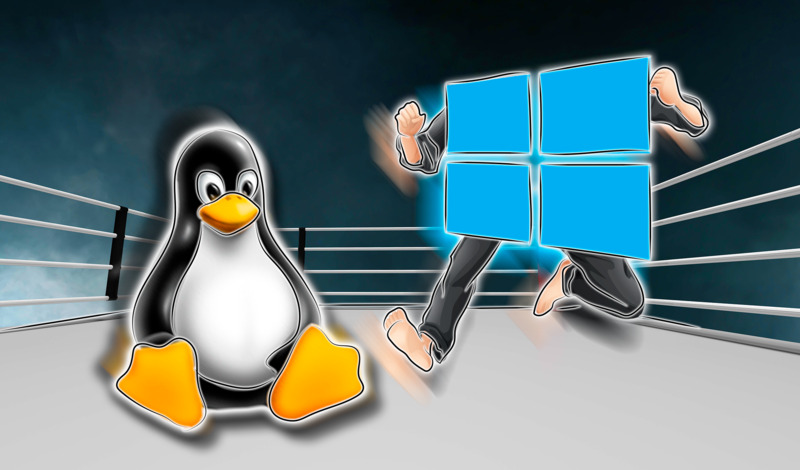Choosing the right operating system for your personal computer or transitioning from an old system to a new one can be a daunting task. With numerous options available, including well-established brands like Linux and Windows, it’s essential to understand their functionalities, purposes, pros and cons, and costs before making a decision. In this article, we’ll delve into Differences Between Linux and Windows Operating Systems, helping you make an informed choice.

What is Linux?
Linux is an open-source operating system designed to run computers smoothly by establishing communication between hardware and software. Developed with the aim of providing an alternative, free version of the Unix-based MINIX operating system, Linux has evolved to run on a wide range of hardware, from smartphones to supercomputers. The Linux kernel, managed by Finnish software engineer Linus Benedict Torvalds, forms the core of Linux-based operating systems. Its open-source nature allows for extensive customization and collaboration within the Linux community.
What is Windows?
Windows, developed by Microsoft Corporation, is a proprietary operating system renowned for its graphical user interface (GUI) and widespread popularity. Unlike Linux, Windows is not open-source, and its source code is not freely available for modification. Windows offers various versions tailored to different user needs, such as Windows 10 and Windows 11, with each iteration introducing new features and improvements.
Key Differences:
- Open Source vs. Proprietary: Linux is open-source, allowing users to view, modify, and distribute its source code freely. In contrast, Windows is proprietary, owned and developed by Microsoft, with limited customization options.
- Customization and Flexibility: Linux offers unparalleled customization and flexibility, with a wide range of distributions and extensive control over system configuration. Windows provides some customization options but is generally less flexible.
- Security: Linux is known for its robust security architecture, thanks to its open-source nature and strong permission controls. Windows, while improving its security over the years, remains more vulnerable to cyber threats.
- Software Compatibility: Linux offers a diverse range of open-source software and applications, although compatibility with proprietary software may be limited. Windows boasts extensive compatibility with commercial software and games, making it a popular choice for many users.
- User Interface and Experience: Linux provides various desktop environments for customization, prioritizing efficiency and minimalism. Windows is known for its user-friendly GUI, characterized by the Start menu and taskbar.
Conclusion: Differences Between Linux and Windows Operating Systems
Both Linux and Windows are important operating systems with their own strengths and weaknesses. The choice between them depends on factors such as user preferences, technical requirements, software compatibility, and organizational considerations. While Linux offers unparalleled customization and security, Windows boasts extensive software compatibility and a user-friendly interface. By understanding the differences between these operating systems, you can make an informed decision that best suits your needs.
In summary, whether you’re a seasoned user or a newcomer to the world of operating systems, exploring the nuances of Linux and Windows can help you choose the right platform for your computing needs.
PSERO Laptop Store:
If you’re in the market for a new laptop, consider checking out PSERO Laptop Store, where you can find a wide selection of laptops running both Linux and Windows operating systems. Whether you’re a Linux enthusiast seeking a customized experience or a Windows user looking for the latest hardware, PSERO Laptop Store offers options to suit every need.
